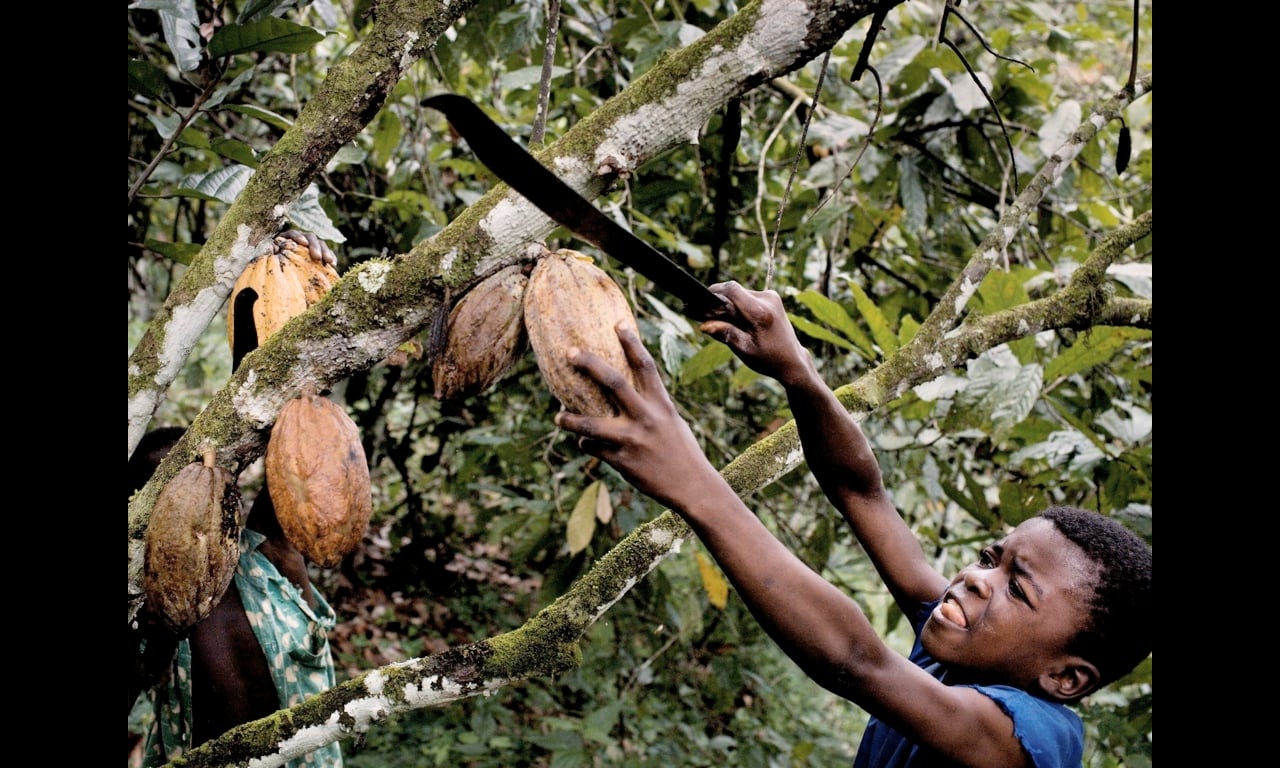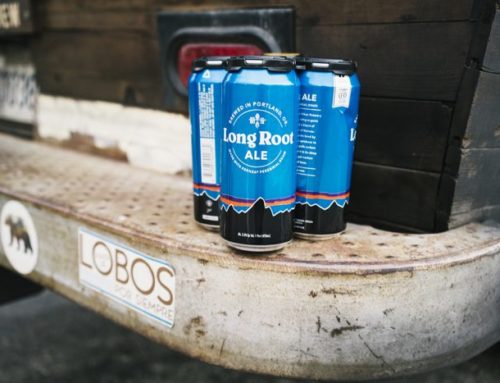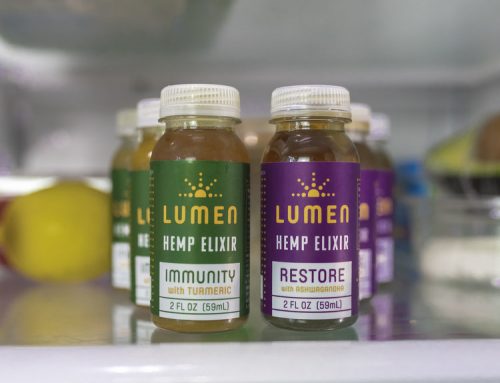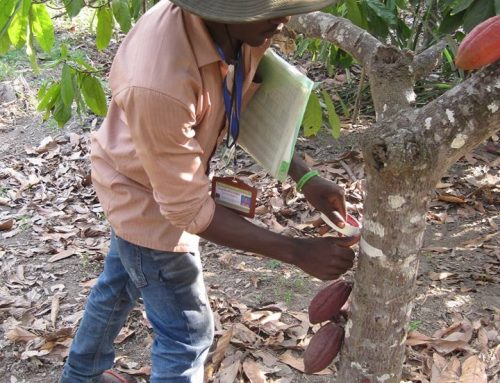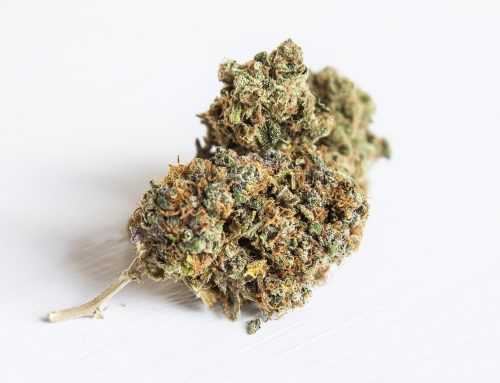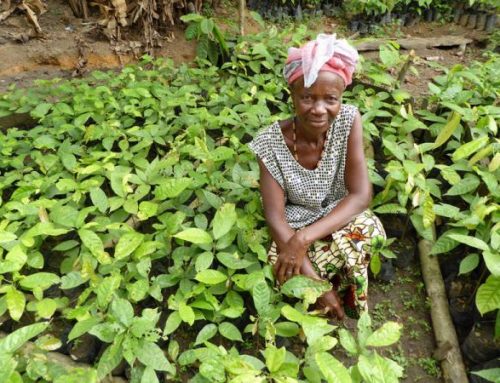While cacao is grown worldwide (within twenty degrees of the equator) the majority of the world’s cacao comes from just two west African nations: Ghana and Ivory Coast (or Côte d’Ivoire). In these two countries, thousands of family farms produce over 60% of the cacao used in the global chocolate industry and are the primary cacao sources for major chocolate suppliers such as Mars, Nestle, and Mondelez.
Low Pay and Child Labor in Cacao Farms
Despite chocolate’s popularity and the chocolate candy industry’s valuation at $100 billion, many farmers in Ghana and Ivory Coast make less than $1 for each long day of backbreaking, dangerous work. With such little pay, many cannot afford to hire other laborers. Consequently, children are enlisted to help on their parents’ farms in lieu of going to school, while others (often those fleeing conflict in neighboring Burkina Faso and Mali) are trafficked from their home countries and held on farms as unpaid slaves. A recent study by Tulane University found that over 2 million children in Ghana and Ivory Coast had been subjected to some form of child labor, several thousand of which are enslaved. These individuals are often exposed to dangerous equipment and chemical pesticides without any form of protective clothing.
Although the major players in the chocolate candy industry have policies that prohibit forced labor in their cacao supply chains, those policies are hard to enforce because big chocolate makers don’t purchase raw ingredients directly from farmers and cacao from multiple farms is often mixed together before it is sold off.
For their part, some of the big players in the industry have touted recent efforts to invest millions of dollars in company programs committed to education and sustainability to combat exploitation in their supply chain. However, lack of transparency in the cacao supply chain remains a challenge and reports on the ground attest that the work is very far from done. Furthermore, these companies’ commitment to improving the situation stops short of refusing to purchase cacao from producers that continue to implement these practices.
Thankfully, consumers can easily break this cycle of abuse and environmental damage, by purchasing chocolate from responsible producers (see below for recommendations). Perhaps the easiest way to find these producers is by checking chocolate labels for certifications like organic, fair trade, direct trade and Rainforest Alliance. There are many chocolate brands that still source well to ensure better environmental and labor practices that do not bear these labels. That’s mostly because of the costs and time associated with having these certifications is onerous for smaller producers. When in doubt, though, just check the company’s website and their sourcing information should be readily available. If it’s not, they are probably not doing the right thing. Another way to be sure you avoid buying a brand from a large, exploitative company is to download and use the Buycott app. It’s free and let’s you know if it’s part of a big conglomerate with a simple scan of the product’s barcode.
Delicious responsibly grown and sourced chocolates:
Dandelion Maya Mountain (sourcing by Uncommon Cacao)
Arete Kokoa Kamili (sourced from small farmers in Tanzania)
Raaka Coconut Milk 60% (sourced from Zorzal in Dominican Republic)
Sources:
http://fortune.com/big-chocolate-child-labor/
http://www.laborrights.org/industries/cocoa
http://www.foodispower.org/slavery-chocolate/
http://www.ibtimes.com/how-buy-conflict-free-valentines-day-gift-1554560

